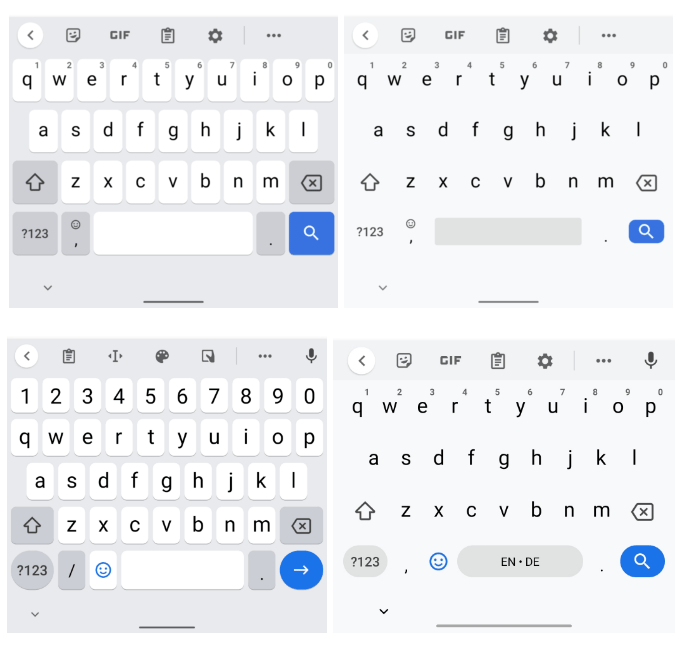
User interface of a software is the front-facing part that communicates all the necessary information about functions and features of the software to its users.
When designing this part of a software, the goal is to make user interaction as simple as possible, as well as efficient. It needs to allow users to accomplish what they want to do, in a way that usability and user experience are maximized to the point that the design itself doesn't pose as a distraction.
Google has what it calls the 'Material Design' design language.
Codenamed 'Quantum Paper', the design language was first unleased in 2014, which expanded Google apps' interface with card-like features that have more grid-based layouts, responsive animations and transitions, padding, and depth effects such as lighting and shadows.
7 years later, in 2021 at its Google I/O event, Google unveiled 'Material You.'
What it does, is introducing "a radical new way to think about design," in which it "will transform design for Android, for Google, and for the entire tech industry."

The main purpose for Google to have introduced Material Design in the first place, according to Google's Vice President of Design Matias Duarte, was to create a "digital material" that can expand and reform intelligently.
The design emphasizes more white space but with varying geometry, colors and typography, rounded corners, colorful icons, a prominent navigation bar design, specialized font and more.
Material You is built on top of Material Design, and takes its pace to further emphasize animations, larger buttons, and the ability for custom UI themes to be generated from the user's wallpaper.
According to Google on its blog, Material You "embraces emotion and expressiveness."
"Designers across Google from Hardware, Android, and App teams came together to respond to this challenge, asking themselves, 'What if form did not just follow function, but also followed feeling?' Material You explores a more humanistic approach to design. One that celebrates the tension between design sensibility and personal preference, and does not shy away from emotion. Without compromising the functional foundations of our apps, Material You seeks to create designs that are personal for every style, accessible for every need, alive and adaptive for every screen."
The idea here is that, Material You can enhance Material Design in a way that it can be customized for different styles.
For example, people have customized their desktop with images and colors that they find personal, in which having them can provide both comfort and joy. Google built Material You upon this insight, in order to generate the unique color palettes for all of its users, "derived from a personal signal—wallpaper—that can be applied to their entire experience."
And as devices can have different screen sizes, Google wants to ensure that its design language can fit into all of them.
"As technology has moved into different aspects of people’s lives, apps have been challenged to adapt to new screen sizes, device types, input modalities, and context. The ways in which technology responds to this challenge will determine how it is perceived by people," Google said.
"In addition to making it easy to adapt to different screen sizes and types, Material You uses motion to help understand space, convey brand, and elicit trust. The UI reacts to screen changes, context changes, and input in a way that is consistent but also human. Little surprises and playful quirkiness augment basic storytelling—making technology approachable and comfortable."
And for last, Material You also prioritizes accessibility, in which it has controls for contrast, size, and line width, and also "with a contextually aware system that can customize UIs in more ways than previously possible, we can tailor a UI for every user."
Google said that Material You is to come first on Google Pixel, and developers can have a preview of this design language with Android 12.
The first app that was updated with Material You, is Google's Gboard app.
To some beta users of the keyboard app, Google has launched the Material You design, which can be seen on the app's interface, which boasts more rounded buttons.
